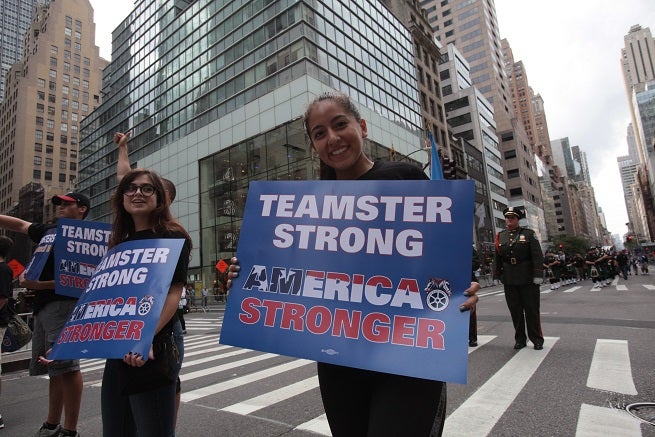Uncategorized
Union Membership Grows Nationally in 2015

Union membership nationwide rose by 219,000 in 2015 compared to the previous year, a Bureau of Labor Statistics survey reported. BLS calculated that unions had 14.795 million members last year and that their share of the U.S. workforce remained unchanged at 11.1 percent.
The survey showed unionists still concentrate in the Northeast, the Great Lakes and the Pacific Coast, and are fewest in the anti-union South. The most union-heavy states by percentage are New York and Hawaii. And it showed female union workers are close to pay parity with union men.
Membership increases occurred even as unions battle right-wing politicians and their business backers over the right to organize, union dues and other issues. The right wing triumphs were most obvious in a sharp decline in one state, Wisconsin.
Public workers are still five times more likely to be unionized (35.2 percent) than private-sector workers (6.7 percent), with teachers and public safety workers leading the way. Public and private densities changed little from 2014. The public sector added 23,000 unionists, to 7.241 million last year, slightly fewer than the 7.554 million private-sector unionists.
And unionists widened their salary edge over their union colleagues: The median weekly wage for unionists — the point where half are above and half below — was $204 higher than for non-union workers.
The median weekly wage for union women was $928, up $24 in a year. It was 92.2 percent of the union men’s median ($1,017, up $2). The median weekly wage for non-union women last year was $697, up $10. It was 80.2 percent of the men’s median ($869, up $29).
Washington, D.C. and 24 states saw increases in union density last year. The biggest jumps were in Florida (+91,000), New York and North Carolina (+47,000), BLS calculated. North Carolina’s increase was so large that union numbers rose by 60 percent there, pulling it out of last place among states. Rabidly anti-union South Carolina is now last.
But that still left unionists concentrated in California (2,486 million, up 14,000), New York (2.038 million, up 58,000), Illinois (847,000, up 16,000), Pennsylvania (747,000, up 44,000), Ohio (606,000, down 9,000), Michigan (621,000, up 36,000) and New Jersey (596,000, down 39,000). Those seven states alone accounted for approximately half of all union members. In each of them, at least one of every eight workers was a union member last year.
- Press Associates, Inc., contributed to this report.